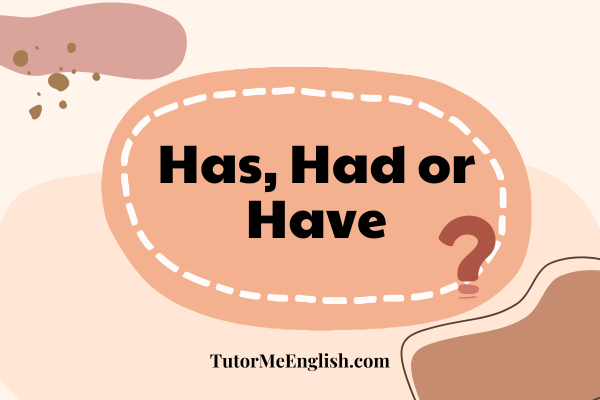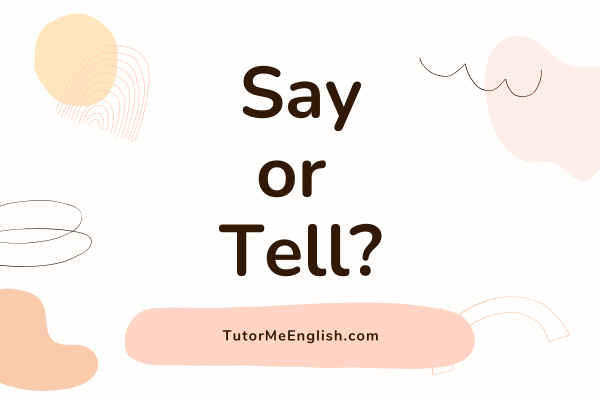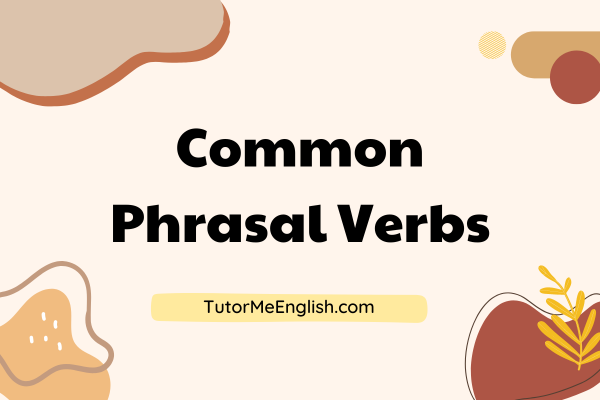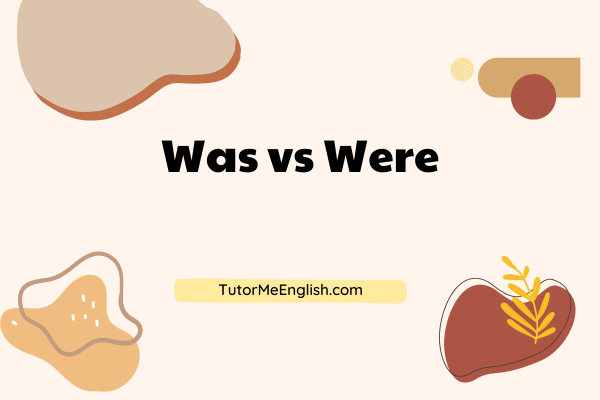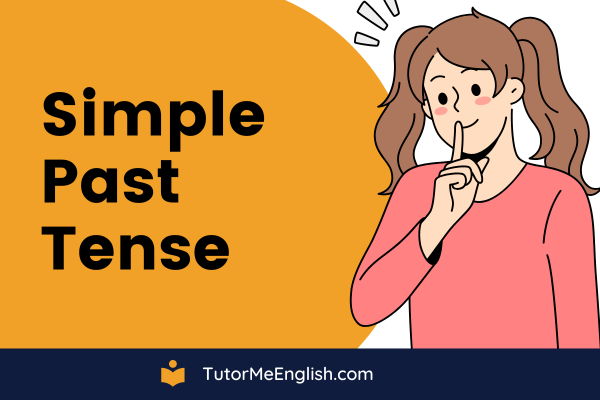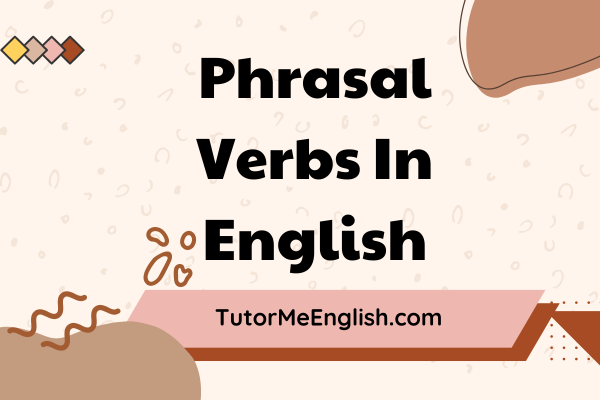A Comprehensive Guide to Mastering Past Tenses in English
Learning a new language can be both exciting and challenging, and for English learners, understanding the past tenses in English can be tricky. In today’s lesson, we will be learning about past tenses, exploring the simple past, past continuous, past perfect, and even present perfect tenses! You will learn how to use them effectively in various contexts.
Simple Past Tense
Let’s start with the easiest one. The simple past tense is used to talk about completed actions or events that occurred in the past. For regular verbs, we form the simple past tense by adding “-ed” to the base verb, as in “played” or “watched.”
However, irregular verbs have specific past tense forms, like “went” and “ate.” In the case of irregular verbs, we recommend memorizing the most commonly used irregular verbs in English.
Here’s a list to get you started: 50 of the most common irregular verbs in English
Simple Past Examples:
- I played tennis yesterday.
- She visited her grandmother last week.
- They watched a movie two days ago.
Past Continuous Tense
The past continuous tense is employed to describe ongoing actions or events that were happening in the past. To form this tense, we use the past tense of the verb “to be” (was/were) and add the base verb with “-ing,” as in “was playing” or “were watching.”
Uses of past continuous tense:
- to add background details to a story written in the past tense
- to describe unfinished actions interrupted by another action (one action happened while another was in progress)
- to express a change of mind
- with “wonder” to make a polite request
Past Continuous Examples:
- I was studying when the phone rang.
- They were watching TV at 8 PM yesterday.
- She was cooking dinner while he was reading a book.
Past Perfect Tense
The past perfect tense is used to indicate that one action happened before another action in the past. It doesn’t matter which action is mentioned first in the sentence, the past perfect tense makes it clear which action happened first. To form this tense, we use “had” followed by the past participle of the verb, as in “had played” or “had watched.”
Past Perfect + Just
The past perfect tense is used with “just” to indicate that action happened only a short time before the second action.
Past Perfect Examples:
- He had finished his work before the meeting started.
- By the time we arrived, the movie had already started.
- They had eaten dinner before the guests arrived.
- The train had just left when they arrived.
Present Perfect Tense
The present perfect is a tricky one. It is used to show the link between the past and the present. We use the present perfect tense is used to talk about past actions that have a connection to the present or happened at an unspecified time in the past.
For this tense, we use “have/has” followed by the past participle of the verb, as in “have played” or “has watched.”
Uses of present perfect
- to talk about an action that started in the past and continues in the present.
- to talk about an action that started in the past but is not yet complete.
- to talk about a repeated action in an unspecific period between the past and the present.
- to talk about an action that was completed in the very recent past. To indicate this we add “just” before the verb.
Examples:
- I have visited Paris three times in my life.
- She has studied English for five years.
- They have never been to Japan.
- I have just finished exercising.
Key Differences and Usage
It’s crucial to understand the differences between these tenses to use them correctly. The simple past tense is suitable for discussing specific past actions, while the present perfect tense connects past actions to the present. The past continuous tense describes ongoing actions in the past, and the past perfect tense shows the order of two past actions, emphasizing the earlier action.
Practice Exercise
Let’s put your knowledge to the test with a quick exercise. Complete the following sentences using the correct tense:
- She __ (study) for the exam when the power went out. (Past Continuous)
- By the time we arrived, they __ (finish) their lunch. (Past Perfect)
- I __ (visit) my friend last weekend. (Simple Past)
- They __ (live) in London for three years. (Present Perfect)
Conclusion
Congratulations! You’ve taken significant strides in mastering past tenses in English. Practice using these tenses in various situations, and don’t hesitate to seek opportunities to apply your knowledge. The more you practice, the more confident you’ll become in your English communication.
Keep exploring the English language, and in no time, you’ll find yourself expressing past actions with ease and fluency. Happy learning!
Pop Quiz Answers:
- She was studying for the exam when the power went out.
- By the time we arrived, they had finished their lunch.
- I visited my friend last weekend.
- They have lived in London for three years.

